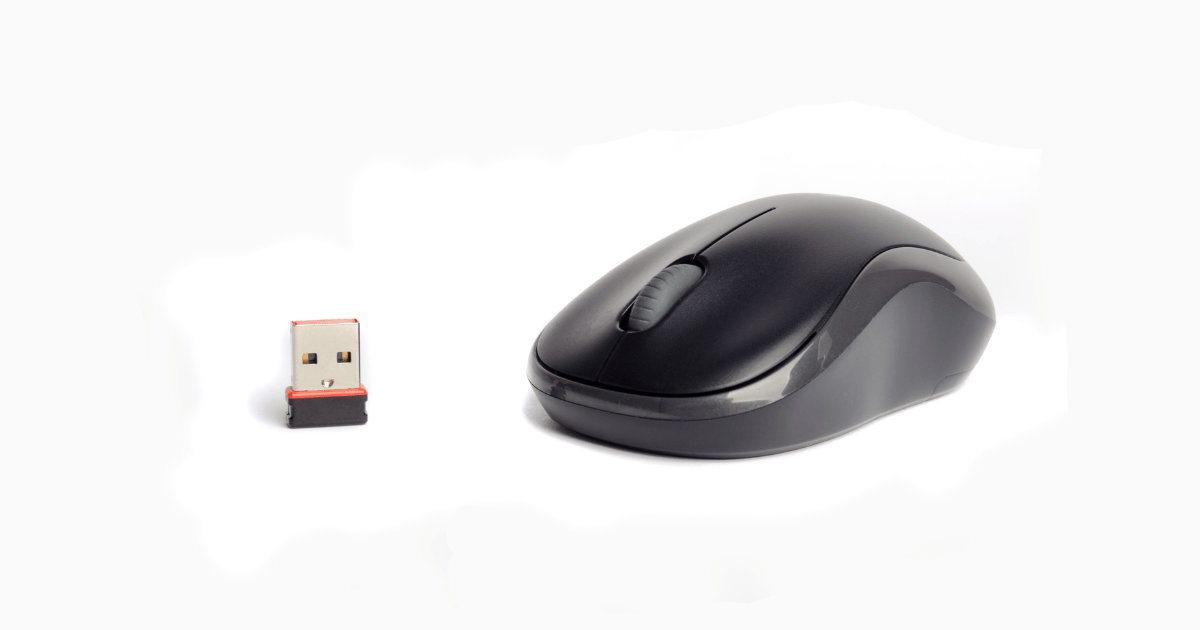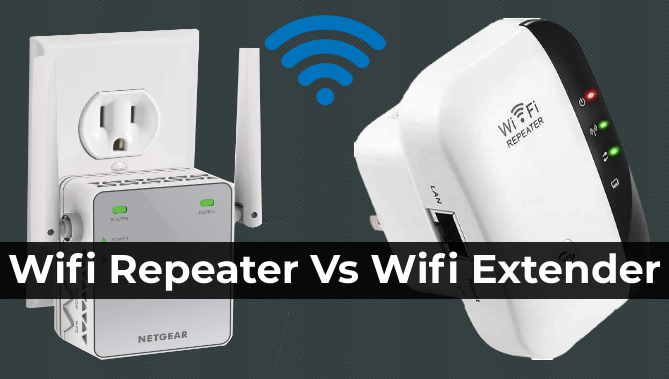
Welcome to the exciting world of wireless technology! Have you ever wondered how those nifty wireless computer mice actually work? In this article, we’re going to dive into the fascinating realm of wireless mouse technology and uncover the secrets behind their seamless and cord-free operation.
So, how do wireless mice work exactly? Well, to put it simply, wireless mice use radiofrequency or Bluetooth technology to communicate with your computer. Instead of relying on a physical connection like their wired counterparts, these clever devices transmit signals wirelessly, giving you more freedom of movement and a clutter-free workspace.
But how does this wireless magic happen? Let’s find out in the next paragraphs as we explore the inner workings of these ingenious gadgets. So, buckle up and get ready for a wireless adventure like no other!
How Do Wireless Mouses Work?
Wireless mice work by using radio frequency or Bluetooth technology to communicate with the computer. Here’s a step-by-step guide on how they work:
- The wireless mouse sends signals to a receiver plugged into the computer.
- The receiver translates these signals into movement on the screen.
- The mouse’s internal components, such as sensors and batteries, power the device.
- Wireless mice offer freedom of movement without tangling wires.
- Some mice even have additional features like programmable buttons or customizable sensitivity.
Ditch the cords and enjoy the convenience of wireless mouse technology!
Wireless Technology
Wireless mice employ various wireless technologies to establish a seamless connection with the computer. The most common technology used is radio frequency (RF) or Bluetooth. RF technology relies on a small USB dongle that plugs into the computer’s USB port, which acts as a receiver for the signals sent by the mouse.
On the other hand, Bluetooth mice connect directly to the computer via Bluetooth technology, eliminating the need for a dongle.
Inside the wireless mouse, a transmitter sends signals to the receiver, and vice versa, enabling the cursor movement and button clicks to be replicated on the screen.
These signals are transmitted in the form of electromagnetic waves, carrying the instructions from the mouse to the computer. The receiver decodes the signals and relays the information to the computer, allowing for smooth navigation.
The range of wireless mice can vary depending on the technology used. RF mice typically have a range of 10-30 feet, while Bluetooth mice can connect up to 33 feet away. However, it’s important to keep in mind that obstacles such as walls or interference from other devices may affect the connectivity and range.
Power Source
Unlike their wired counterparts, wireless mice require a power source to function. Most wireless mice are powered by batteries, which can either be disposable or rechargeable. A common type of battery used is the AA battery, which provides a good balance between performance and convenience.
To conserve power and extend battery life, wireless mice often incorporate various power-saving features. These include automatic sleep mode, where the mouse goes into a low-power state when idle for a certain period, and on/off switches, which allow users to turn off the mouse when not in use.
Some wireless mice also come with a charging dock or a USB cable for recharging the batteries. This eliminates the need for constantly buying new batteries and provides a more sustainable solution.
Benefits of Wireless Mice
Wireless mice offer a range of benefits that make them a popular choice among users. The lack of tangled wires enables greater freedom of movement and eliminates the hassle of dealing with cable clutter. This is particularly useful for those who use their computers in different locations or prefer working from a distance.
In addition to mobility, wireless mice also provide ergonomic advantages. Users can position the mouse in a way that is comfortable for them, without the restriction of a cord. This promotes better posture and reduces the risk of repetitive strain injuries.
Moreover, wireless mice are compatible with various devices, including laptops, desktops, and even tablets. This versatility allows users to easily switch between devices without the need for additional peripherals.
Choosing the Right Wireless Mouse
Now that we’ve explored how wireless mice work, let’s take a closer look at some factors to consider when choosing the right wireless mouse for your needs.
Ergonomics: When selecting a wireless mouse, it’s important to prioritize ergonomics to ensure comfort and support during extended periods of use. Look for a mouse that fits comfortably in your hand and promotes a neutral wrist position. Ergonomic designs often feature a contoured shape and additional buttons for easy navigation.
DPI and Sensitivity: Dots per inch (DPI) and sensitivity settings determine the precision and speed of cursor movement. Higher DPI values provide faster and more precise tracking, suitable for tasks that require great accuracy, such as graphic design or gaming. Adjustable sensitivity levels allow users to customize the mouse’s response to their preference, ensuring optimal control.
Battery Life: Consider the battery life offered by the wireless mouse. Longer battery life means less frequent battery changes or recharges, providing a more convenient experience. Some mice even come with battery status indicators, allowing users to monitor the battery level and plan accordingly.
Connectivity and Compatibility: Check the connectivity options and compatibility of the wireless mouse with your devices. Ensure that the mouse uses a technology compatible with your computer, whether it’s RF or Bluetooth. Additionally, verify the compatibility with your operating system to avoid any compatibility issues.
Wireless mice have become an indispensable tool in the digital age, offering convenience, mobility, and ergonomics. Understanding how they work and considering factors like ergonomics, DPI, battery life, and compatibility will help you choose the perfect wireless mouse for your needs.
Say goodbye to tangled cords and embrace the freedom that wireless technology brings to your computing experience!
Frequently Asked Questions
Welcome to our FAQ section where we answer common questions about how wireless mice work, providing you with a better understanding of this technology. Read on to learn more!
1. How does a wireless mouse connect to a computer?
Wireless mice use either radio frequency (RF) or Bluetooth technology to connect with a computer. RF mice come with a small USB receiver that plugs into the computer, allowing signals to be transmitted and received wirelessly.
On the other hand, Bluetooth mice connect directly to the computer using Bluetooth technology, eliminating the need for a receiver. Once connected, wireless mice can communicate with the computer, enabling cursor movement and button clicks.
It’s important to note that both RF and Bluetooth mice require the computer or laptop to have built-in compatibility or a USB Bluetooth adapter for connection.
2. How does a wireless mouse transmit signals without a wire?
Wireless mice transmit signals without a wire by utilizing radio waves or Bluetooth technology. In the case of RF mice, the mouse emits radio signals to the USB receiver plugged into the computer. These signals are then translated into mouse movements and button clicks, replicating the actions on the computer screen.
Bluetooth mice, on the other hand, rely on Bluetooth technology to establish a connection with the computer. The mouse sends wireless signals directly to the computer, which interprets them as cursor movements and button clicks.
3. Do wireless mice require batteries?
Yes, most wireless mice do require batteries to function. Since they are not physically connected to the computer, they rely on internal power sources. The two most common types of batteries used in wireless mice are AA and AAA batteries. Some wireless mice also use rechargeable batteries, which can be charged via a USB cable or a charging dock.
It’s important to keep an eye on the battery life of your wireless mouse and replace or recharge the batteries as needed to ensure uninterrupted usage.
4. How far can a wireless mouse work from its receiver?
Generally, wireless mice have a range of about 10 meters (33 feet) from their receiver or Bluetooth-enabled device. However, the actual range may vary depending on factors such as the type of wireless technology used, the environment, and potential interference from other devices. It’s recommended to keep the mouse within reasonable proximity to the receiver or device for optimal performance.
If you find your wireless mouse not functioning properly, try moving it closer to the receiver or ensuring there are no obstructions or sources of interference between the mouse and the receiver.
5. Can a wireless mouse work on any surface?
Wireless mice can generally work on most surfaces, including desks, mousepads, and even uneven or soft surfaces. This is thanks to the optical or laser sensor technology used in wireless mice, which tracks movement by continuously taking pictures of the surface below.
However, highly reflective or transparent surfaces, such as glass or mirrors, may interfere with the mouse’s tracking abilities. In such cases, using a mousepad or a non-reflective surface is recommended for smoother mouse operation.
Wireless mouse work by sending signals using radio waves or Bluetooth technology. These signals communicate with a receiver connected to the computer, allowing the mouse to control the cursor on the screen.
The mouse is powered by batteries, which provide the energy for it to function wirelessly. It’s important to keep the mouse within range of the receiver for it to work properly.
Wireless mouses offer more flexibility and freedom of movement compared to wired ones. They use wireless technology to transmit signals to the computer, making them convenient and easy to use. Just make sure to keep the batteries charged and stay within range for hassle-free navigation.






